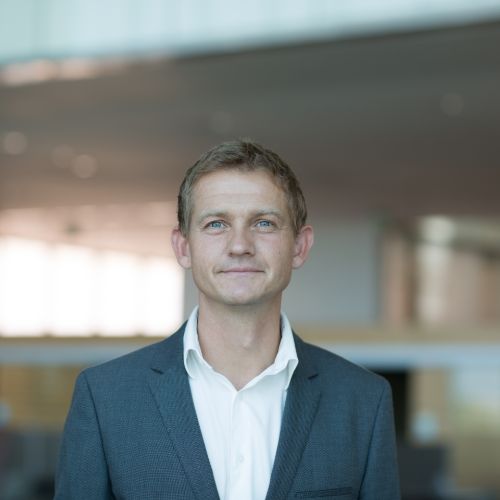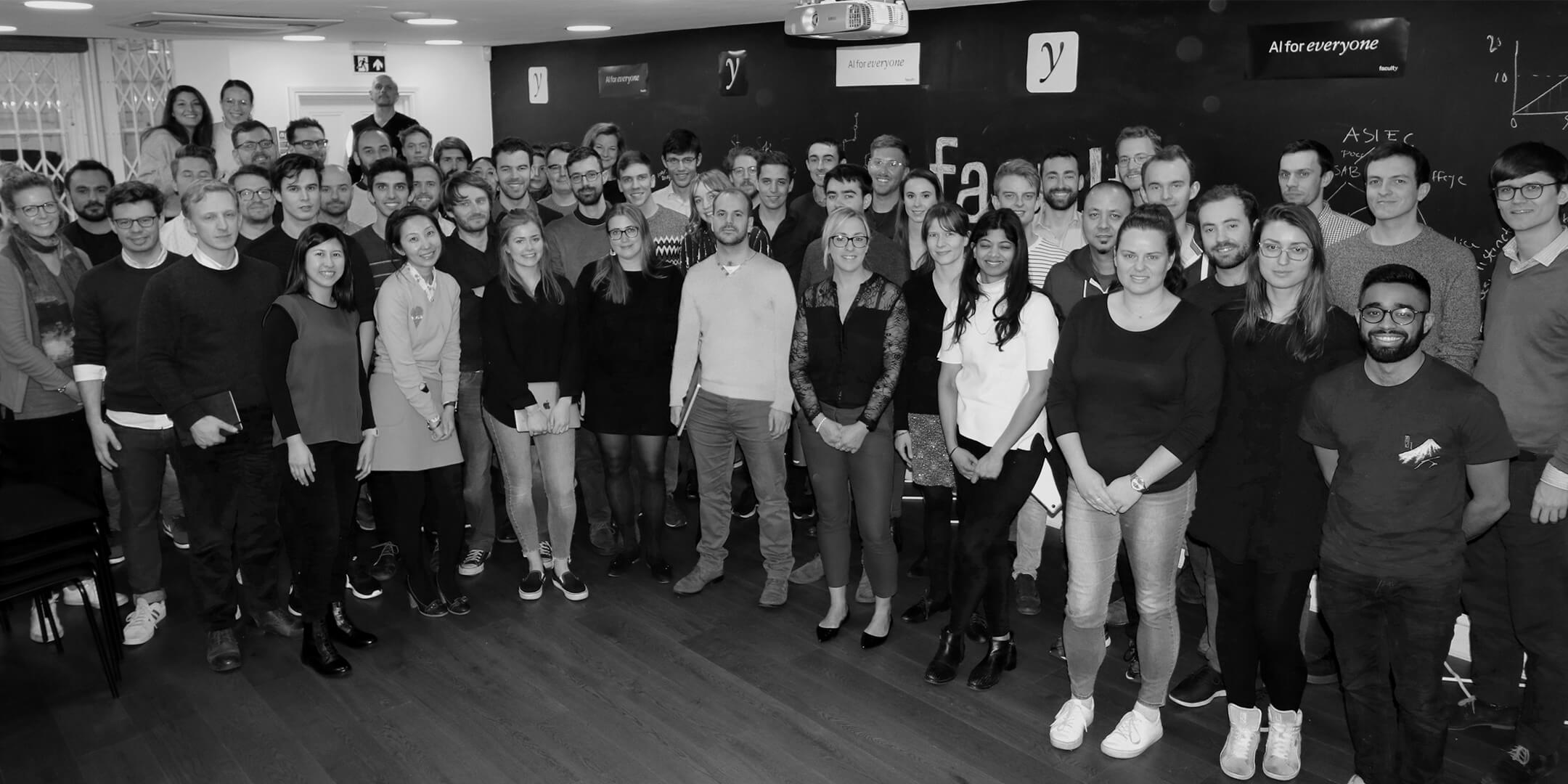Assistant Professor, Bioscience
Christian Froekjaer Jensen

Biological and Environmental Science and Engineering Division (BESE)
Laboratory of Synthetic Genome Biology
https://syngenbio.kaust.edu.sa/
Member KAUST Environmental Epigenetics Program (KEEP)
http://www.environmental-epigenetics.com/
Orcid
https://orcid.org/0000-0002-3178-0906
Google Scholar Profile
https://scholar.google.com/citations?user=TdFoFnEAAAAJ&hl=en
Twitter account:@wormbuilder
“I firmly believe that biological engineering will play a significant role in driving future breakthroughs in basic science.”
Born in Denmark, Professor Jensen got into research by way of a master's degree in biophysics at the Niels Bohr Institute at the University of Copenhagen.
While studying as an exchange student at the University of California, San Diego (UCSD) in 2000, he became involved in a research project to develop a genetically encoded calcium sensor in C. elegans. Professor Jensen was instantly fascinated by these intact organisms, which could be systematically engineered and showed real promise for understanding behavior complexities.
This early experience started him on the path of developing genetic engineering tools in C. elegans—then applying them to the fields of neurobiology and genome biology.
FocusAndTechnologyAreas
“We can think of cells as tiny computers,” says Professor Jensen, “reading and executing instructions based on code written as a DNA sequence.”
In his lab, Professor Jensen and his group use genetics to understand how much of that code contains information. By studying epigenetics, they can determine how environments and prior experiences modify the genetic code. At the same time, they develop biological engineering (a.k.a. synthetic biology) approaches to write novel code that changes cells and organisms.
Professor Jensen’s organism of choice is C. elegans because of its amenability to genetic engineering and small nervous system (302 neurons). One of his team’s long-term goals is to be able to control every neuron independently and add neurons to the network.
Professor Jensen’s team developed methods that aim to facilitate and standardize genetic engineering in a multicellular organism. Their goal is to make genetic engineering easy and high-fidelity as they put together electrical components such as resistors and capacitors in an electrical circuit. Their methods and reagents have been broadly adopted in their field, with a significant impact on many biology areas. They believe that biological engineering can be used to understand biological systems from "first principles'' by building functional systems—and understanding why a particular build fails.
Professor Jensen’s work on non-coding DNA led his team to identify a genetic watermark that prevents gene silencing. He continues to explore this watermark's function to understand the molecular mechanism and effects on genome organization.
His group’s work on epigenetics is currently focused on developing novel methods for gene silencing based on small RNA pathways. They are using this small RNA-based technique to develop high-throughput assays to understand transgenerational inheritance, working on a set of novel genes that inherit epigenetic silencing for up to six generations.
Their work on biological engineering led them to re-engineer genetic inheritance to be non-Mendelian and identify design rules that enable efficient transgene expression. Ongoing projects are focused on developing high-throughput methods to interrogate enhancers and genome-wide CRISPR/Cas9 editing in a multicellular organism by using synthetic DNA fragments encoded by oligo-libraries.
Why did you choose this research topic?
It’s fascinating to me that we are increasingly able to apply engineering principles to living organisms. Whereas much of synthetic biology is focused on applications (e.g. biofuels, better enzymes, or metabolic engineering), I firmly believe that biological engineering will also play a significant role in driving future breakthroughs in basic science.
Much of the last decade's scientific progress in my field has been driven by high throughput assays (e.g. DNA sequencing and proteomics), but these techniques are by their very nature descriptive. If we can engineer organisms at similar genomic scales, we should be able to understand these systems based on first principles. For example, can we generate a minimal genome for a multicellular organism to really understand the source code that governs development? If yes, can we write new code to add novel functionality to an organism?
I believe that using simple organisms like C. elegans, which has an invariant lineage, a constant number of somatic cells (959), and nervous system connections that are fully mapped out, is a meaningful starting point for developing the foundational tools for engineering organisms.
Why KAUST?
I was very attracted to the idea of being part of building an ambitious university focused on engineering. Universities are institutions that typically last for hundreds of years and have a significant influence on their host communities. It seemed like an incredible opportunity to participate in the early stages of KAUST and help shape the institution. Also, the core laboratory funding allows me to focus on ambitious long-term projects, which would be very difficult at many other institutions where grant funding is given on a shorter time horizon.
What are your future plans?
Our long-term goal is to enable full control over writing the genome ("the source code") of C. elegans. Colleagues are making progress on making fully synthetic genomes in single-cell organisms (bacteria and yeast), and I believe C. elegans is the natural next "scale" before fully engineering mammalian genomes.
Although we think of cells as small computational units, it is also true that biology works in curious ways. For example, our experiments on transgenerational inheritance show that once a gene has been re-activated, by changing one line of the source code, it can take four to six generations to turn on again. I believe that these types of interesting phenomena will become more and more apparent when we engineer biological systems from the bottom up. I hope that my laboratory will play an important role in discovering and understanding such fascinating biology.
What does bioengineering mean to you?
Bioengineering means developing and using tools and methodologies for biological systems based on standardized components and rules. These approaches have been instrumental in developing standard engineering disciplines and enabled the technological innovations of the 20th century. I believe that synthetic biology and bioengineering will play a similar role in the 21st century, too.

